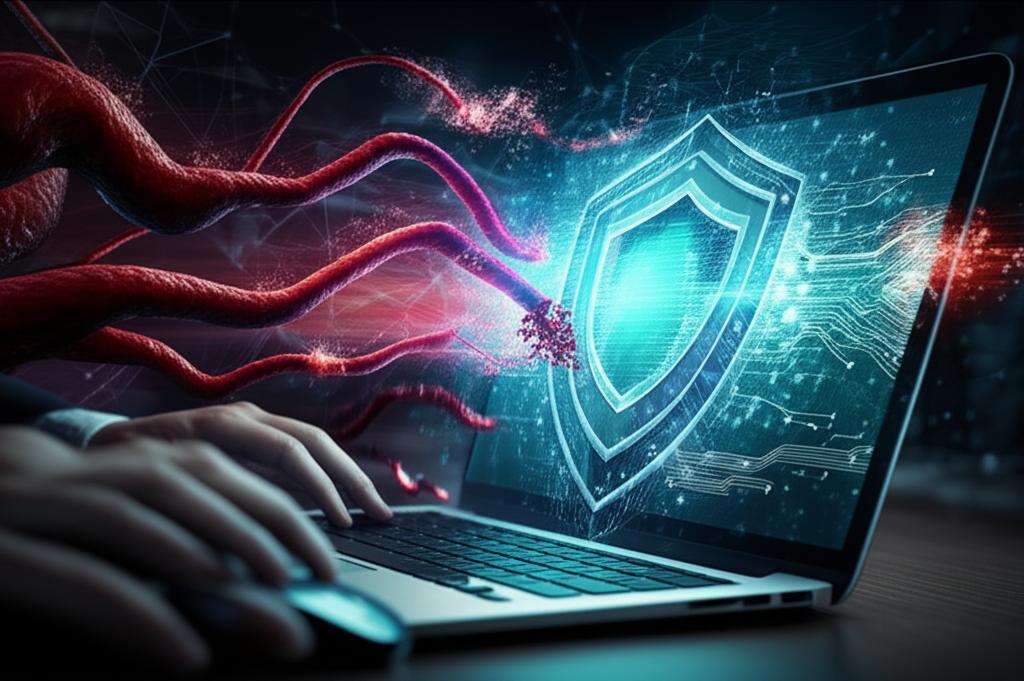Unlock Digital Safety: How Robust Malware Protection Works
Understanding Malware Protection: Your Digital Fortress
In today’s interconnected world, malware poses a constant threat to our digital lives, from personal data to critical infrastructure. Malware protection isn’t just an optional extra; it’s an essential, multi-layered defense system designed to detect, prevent, and remove malicious software. But how exactly do these sophisticated systems safeguard our devices and data? Let’s delve into the mechanics of this vital technology.
The Core Mission: Advanced Detection Strategies
The foundation of any effective malware protection lies in its ability to identify threats, often before they can cause harm. Modern solutions employ several sophisticated techniques:
1. Signature-Based Detection
- How it works: This is the oldest and most straightforward method. Antivirus software maintains a database of known malware signatures – unique digital fingerprints (like a virus’s specific code pattern). When a file is scanned, its signature is compared against this database.
- Strength: Extremely effective against known threats.
- Weakness: Ineffective against new, unknown, or modified malware (zero-day threats).
2. Heuristic Analysis
- How it works: Instead of relying on a known signature, heuristic analysis looks for suspicious behaviors or characteristics within a file or program that might indicate malicious intent. It examines code structure, commands, and potential actions (e.g., attempting to modify system files or replicate itself).
- Strength: Can detect new and previously unseen malware.
- Weakness: Can sometimes result in false positives, flagging legitimate software as malicious.
3. Behavioral Monitoring
- How it works: This method continuously observes the actions of programs in real-time. If a program starts exhibiting suspicious behaviors (e.g., encrypting multiple files, attempting to access sensitive system areas, or making unauthorized network connections), the protection system intervenes.
- Strength: Excellent for catching polymorphic malware and ransomware that might evade signature-based detection.
- Weakness: The malware might execute some harmful actions before being detected and stopped.
4. Cloud-Based Protection
- How it works: When a suspicious file is encountered, its information (not the file itself, usually) is sent to a cloud-based threat intelligence network for analysis. This network has access to a vast and constantly updated database of threats gathered from millions of users globally.
- Strength: Provides near-instantaneous updates against emerging threats and leverages collective intelligence.
- Weakness: Requires an internet connection for real-time analysis.
5. Machine Learning and Artificial Intelligence (AI)
- How it works: AI algorithms are trained on vast datasets of both malicious and benign files and behaviors. They learn to identify subtle patterns and anomalies that human analysts or traditional methods might miss, predicting if a file is harmful.
- Strength: Highly adaptive, capable of detecting sophisticated, evolving threats, and significantly reducing false positives over time.
- Weakness: Requires significant computational power and continuous training data.
Beyond Detection: Prevention & Response Mechanisms
Once a potential threat is detected, or even before it gets a chance to act, robust malware protection systems implement various strategies:
- Real-time Scanning: Continuously monitors files as they are accessed, downloaded, or executed, blocking known threats immediately.
- Firewalls: Act as a barrier between your device and external networks, controlling incoming and outgoing network traffic based on predefined security rules.
- Automatic Updates: Ensures that the malware definitions and software engines are always up-to-date with the latest threat intelligence.
- Sandboxing: Runs suspicious programs in an isolated virtual environment (a ‘sandbox’) where they can’t affect the main operating system. This allows the system to observe the program’s behavior safely.
- Quarantine & Removal: If malware is confirmed, it’s moved to a secure, isolated area (quarantine) to prevent it from harming your system. Users then have the option to delete or restore the file.
- Web and Email Protection: Scans web pages for malicious code and filters out phishing attempts and malicious attachments in emails.
Key Components of a Comprehensive Solution
A truly robust malware protection strategy often involves a suite of tools working in concert:
- Antivirus/Anti-Malware Software: The core defense for detecting and removing various types of malware.
- Firewall: Controls network access and protects against unauthorized intrusions.
- Browser Security Extensions: Block malicious websites, ads, and track malicious scripts.
- Operating System and Software Updates: Crucial for patching vulnerabilities that malware often exploits.
- Data Backup Solutions: In case prevention fails, a recent backup is your last line of defense against data loss from ransomware or system corruption.
The Evolving Threat Landscape
Cybercriminals are constantly innovating, developing new malware strains and sophisticated attack vectors. This makes the continuous evolution of malware protection technology absolutely critical. Manufacturers regularly release updates, patches, and entirely new versions of their software to keep pace with these threats. For users, this means always keeping their security software up-to-date and practicing safe computing habits.
Conclusion: Your Shield in the Digital Realm
Malware protection systems are complex, multi-layered digital guardians that leverage a combination of established and cutting-edge technologies. By understanding how signature-based detection, heuristic analysis, behavioral monitoring, cloud intelligence, and AI work together, you can better appreciate the formidable defense they provide. Investing in a reliable solution and maintaining good cyber hygiene are your best bets for a safe and secure online experience, truly unlocking your digital safety.







